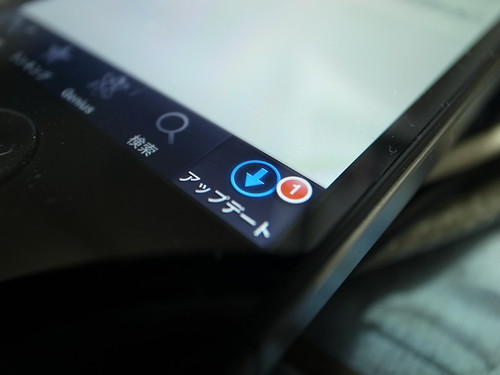2 minutes estimated reading time
Machines for emoting
Machines for emoting, is the problem of our internet in the palm of our hands? Over the past few years the sentiment towards the internet has changed dramatically.
Before the internet
Going back to the 1960s, my parents told me about the ‘No Blacks, No Irish, No Dogs’ signs. These were found in many British towns at the same time that hippies were advocating peace and love. And when Enoch Powell made his rivers of blood speech; 70 percent of British people surveyed agreed with him.
Real world media and underground subcultures traded blows over racism at a slower pace. Though many of those blows were real.
Is it the internet?
This is no longer the information superhighway of Al Gore. The reasons for the changes aren’t obvious. One popular narrative is that algorithms are to blame. It is common to hear that narrative in news media.
But academic research suggests that it isn’t ‘radicalisation’ by algorithms isn’t true.
Is it the devices we use?
There were smartphones before the iPhone. They were made by numerous companies including Nokia, Palm, SonyEricsson, Panasonic and even Microsoft (who partnered with a number of manufacturers). In Japan, NTT DoCoMo put the ‘smart’ in the network through iMode rather than building a mini-PC in the phone itself.
Smartphones had initially started with business users and gradually broadened its base. Quite early on, phones focused on social functions, a classic example would be Danger’s Sidekick model which was designed for messaging. Nokia first popularised the app store and security signed apps that Apple and Google built upon.
The move to the ‘pictures under glass’ interface that we now know from Android and iPhone devices coincided with a surge on social.
Social media existed before 2010, but not as we now know it. Few of us had smartphones in 2009. Facebook’s active user base has grown sevenfold over the past 10 years, and there simply aren’t enough people for that to happen again. Instagram and WhatsApp were both launched about a decade ago, and swiftly absorbed into the mother of all social networks. As for Twitter, let me simply note that Donald Trump only started tweeting in earnest in 2011.
Tim Hartford in the FT
Did the pictures under glass metaphor and apps designed to utilise it make social too easy to share? It allows people to emote. From mild emotions usually expressed with emoticons or GIFs to visceral anger that seems to flood Twitter – there seems to be evidence of correlation if not causality. So how can design slow the hose pipe down to encourage more considered responses?
If that’s the case then user experience design has to play a part in resolving some of the worst issues online, given that people can’t seem to be able to respond appropriately by moderating their behaviour.
